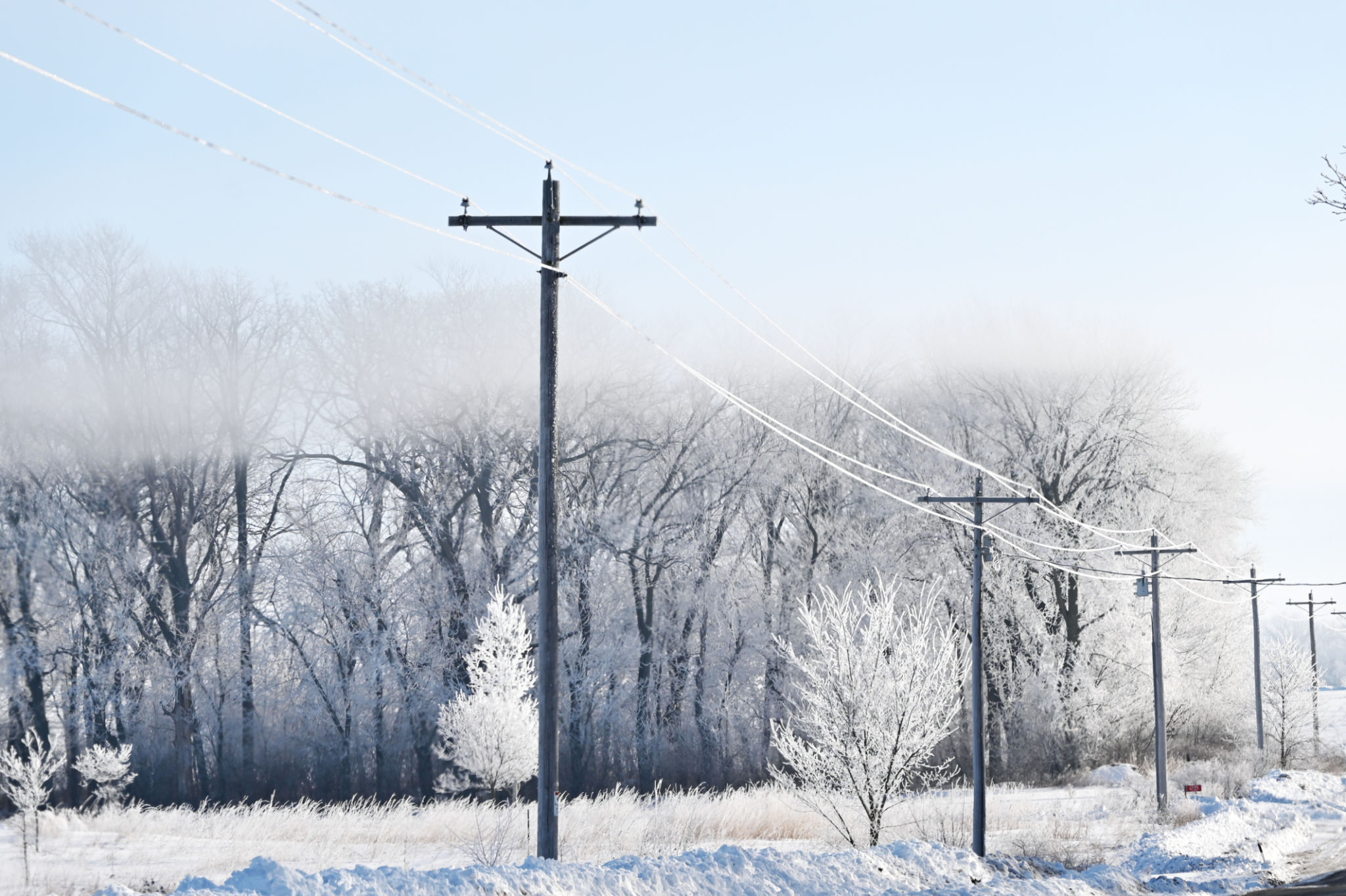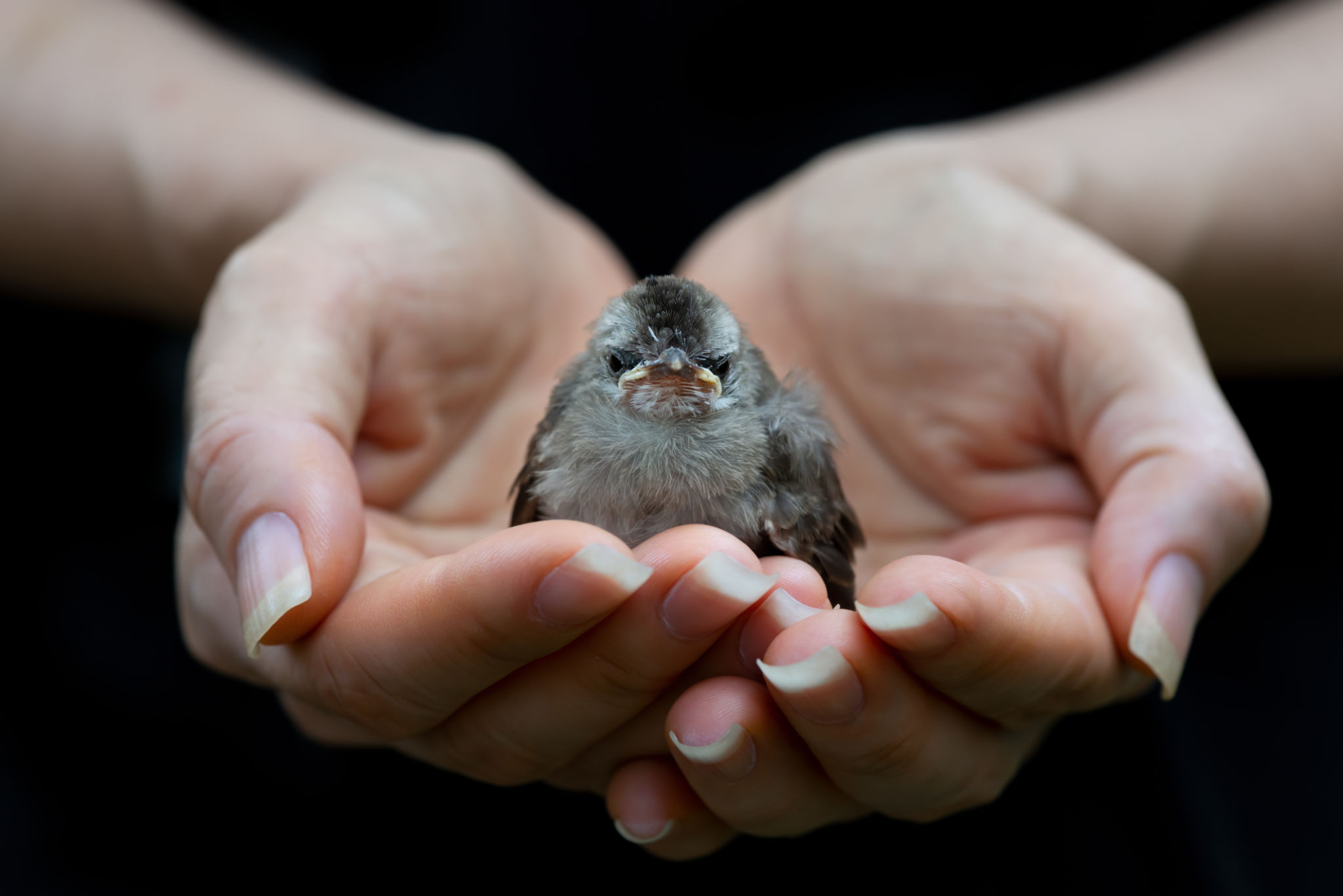Winter Maintenance Tips for Bird Flight Diverters: Ensuring Optimal Performance
The Importance of Winter Maintenance for Bird Flight Diverters
Bird flight diverters play a crucial role in preventing bird collisions with power lines and other structures. During the winter months, harsh weather conditions can impact their performance and effectiveness. Ensuring that these devices remain in optimal condition is essential for maintaining their functionality and protecting avian wildlife.
Winter can introduce a variety of challenges for bird flight diverters, including snow accumulation, ice formation, and strong winds. These factors can lead to physical damage or reduced visibility, making regular maintenance a necessity. By implementing a few key strategies, you can ensure that your bird flight diverters continue to perform effectively throughout the season.

Regular Inspection and Cleaning
One of the most important steps in maintaining bird flight diverters during winter is conducting regular inspections. This involves checking for any signs of damage, wear, or malfunction. Look for cracks, breaks, or dislodged parts that might have occurred due to extreme weather conditions.
In addition to inspections, cleaning the diverters is essential. Accumulated snow and ice can obscure their visibility, reducing their effectiveness. Use a soft brush or cloth to gently remove any debris or buildup. Ensure that the diverters are free from ice and that they are clearly visible against the winter backdrop.

Ensure Proper Installation and Alignment
Proper installation and alignment are critical for the effective functioning of bird flight diverters. During winter, heavy winds can cause misalignment or even dislodge diverters altogether. It is important to check that all diverters are securely fastened and correctly aligned with the power lines or structures they are meant to protect.
If you notice any misalignment or loose components, adjust them immediately to maintain optimal performance. In some cases, it may be necessary to reinforce the installation using additional fasteners or supports to withstand harsh winter conditions.
Winter Weather Protection
Consider using weather-resistant materials or coatings to enhance the durability of bird flight diverters. Some products are specifically designed to withstand extreme temperatures and weather conditions, providing an extra layer of protection against winter elements.
- Select materials that are resistant to corrosion and UV damage.
- Apply protective coatings to reduce ice accumulation.
- Ensure that all components are built to withstand temperature fluctuations.

Monitoring and Adjustments
Continuous monitoring of bird flight diverters during the winter is crucial. Regularly assess their performance by observing bird activity in the vicinity. If you notice an increase in collisions or near-misses, it may be necessary to make adjustments or add additional diverters to enhance visibility.
Utilize technology such as drones or cameras to monitor hard-to-reach areas without compromising safety. This allows for efficient maintenance planning and timely intervention when needed.
Collaboration with Wildlife Experts
Working with wildlife experts and ornithologists can provide valuable insights into optimizing bird flight diverters for specific environments. These professionals can offer guidance on placement, design, and materials that are most effective in deterring bird collisions in your area.
- Engage with local wildlife organizations for expertise.
- Share data and observations to improve strategies.
- Consider participating in community efforts to protect birds.

By following these winter maintenance tips for bird flight diverters, you can ensure their optimal performance and contribute significantly to avian conservation efforts. Taking the time to inspect, clean, and adjust these devices not only protects birds but also helps maintain the integrity of your infrastructure during the challenging winter months.